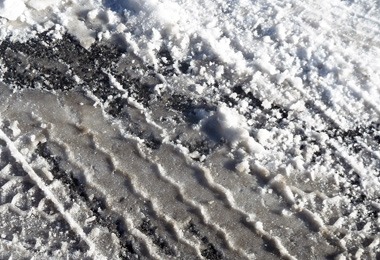
Driving in winter can be much more dangerous than driving in summer. And most of the dangers fall under one or both of two categories: visibility and traction.
Whether it’s fog, rain, snow or just a misty windscreen because of a sudden temperature drop, visibility generally becomes poorer in winter. The days are shorter and darker, so there’s more night driving, and fog and rain obscure your vision. To combat the drop in visibility, there are several things you can do. You should use your headlights whenever the visibility is suboptimal – fog, night, precipitation and even heavily overcast days. Make full use of your windscreen wipers and demisters, remembering about your rear wipers and demisters too. Also, rain and fog can render mirrors useless, so consider a reverse camera kit to give you an edge if you’re getting sick of constantly wiping mirrors dry. Don’t forget to keep an eye out for cyclists, pedestrians, and others who might be hard to see.
Roads and tyres have worse traction, too. With asphalt covered in water, ice, or snow, vehicles are at risk of skidding and losing control. In extreme cases, they can aquaplane, when tyres glide over water instead of moving through it. These conditions also make for harder turns and longer stopping distances, so remember to take that into account. Plus, a drop in temperature can make your tyres lose pressure, which reduces your traction even more. To prevent problems with tyre pressure, get a tyre pressure monitor so you know what your pressure levels are like and can correct them if they’re too low.
Finally, remember that other drivers also have to deal with all this. Just because you’re doing the right thing and driving safely doesn’t mean everyone else is. It’s important to be a defensive driver, and watch out for reckless driving.

